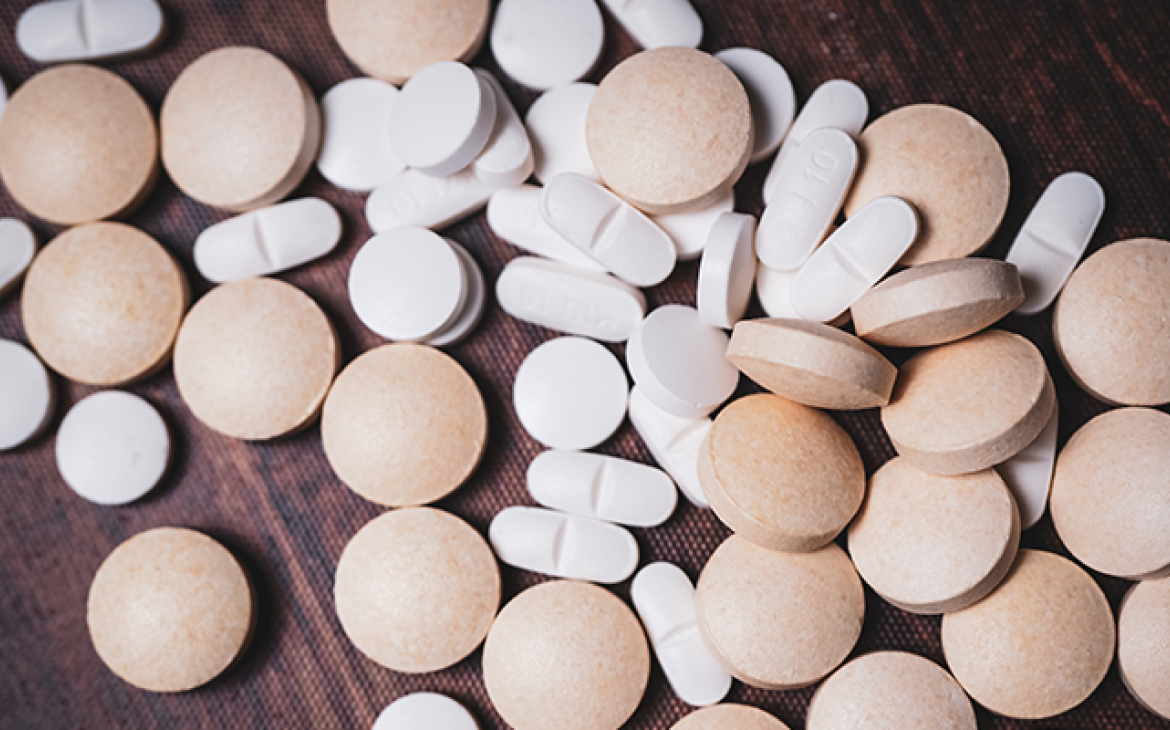
"Impurity" is a word that pops up frequently in discussions about drug quality. While you can probably glean the basics of what’s meant by "impurity," there’s quite a bit to it when you break it down in the context of what makes up a medicine.
What’s an impurity?
Any medicine administered to or taken by a patient—whether a pill or capsule that’s swallowed or a medicine that’s injected—is known as a drug product. The two main components of any drug product are a drug substance (also called an "active pharmaceutical ingredient" or "API") and excipients.
A drug substance is responsible for a medicine’s desired therapeutic effect. Excipients (sometimes referred to as "inactive ingredients") are any other intended ingredients in a drug product.
Excipients do not exert any intended clinical effect, but they play other important roles in the final drug product—serving as a binder to hold the product together, making a pill more palatable or helping to bulk up the product for easier patient handling. Anything other than a drug substance or excipient in a drug product is considered an impurity.
Where do impurities come from?
By design, medicines are chemically reactive so that they can exert therapeutic effects once in the body. A consequence of this reactive nature is the tendency for medicines and their ingredients to break down over time.
A "degradation product" is an impurity that results from a chemical change in a drug substance brought on during the manufacture and/or storage of a drug product. Exposure to light, extreme temperatures or even reactions with an excipient and/or the container that holds the product are some factors that can trigger chemical changes.
In addition, the drug substance and excipients can carry byproducts of their manufacture, or unintended foreign matter, with them into the drug product. Such "process impurities" should not change with time, but can be a signal of poor quality materials.
"Elemental impurities" (also referred to as "heavy metals") can also appear in a drug product. These impurities may be generated in the chemical synthesis or creation of a product, or occur along with excipients that are naturally sourced (such as in mining). Other times, they appear as a result of a drug product’s interaction with processing equipment.
Whatever their origin, their presence in a final product is not intended, and is presumed not desirable.
Does the presence of impurity mean that a drug product is of poor quality?
Once a drug product has been manufactured it is possible that low levels of impurities will remain, but that is not an automatic indicator that a drug product’s quality is bad. The key concerns for manufacturers, regulators and patients, are the type and level of those impurities.
Regulatory agencies and standards-setting organizations like the U.S. Pharmacopeial Convention (USP) spend a great deal of time and effort establishing limits on allowable levels of impurities in medicines to help ensure that they do not pose a threat to public health and that product quality meets or exceeds the public’s expectations.
What is a poor quality medicine?
A medicine has two kinds of quality standards that it must meet before it can be given to patients. Failure to meet either makes it a poor-quality medicine.
The first standard involves Good Manufacturing Practices (GMPs). In the pharmaceutical industry, failure to meet quality standards often occurs in GMP processes. Drugs that fail GMPs may happen to be safe and effective, but the care with which they are manufactured is one good indicator of quality.
Many drugs are manufactured in "lots" of more than a million tablets, and GMPs are intended to ensure that through rigorous manufacturing controls all tablets within a lot are of consistent quality.
The other type of standard defines the chemical and physical properties that each drug substance, excipient and drug product must be able to meet. These are the kind of standards developed by USP. They describe how to measure and ensure that:
- A drug product contains the drug substance it is supposed to;
- A drug product has the right amount of the drug substance and
- A drug product does not contain unintended levels of impurities.
While many impurities by themselves are non-toxic, their presence can indicate inadequate concern or control to ensure that other more dangerous impurities have been effectively limited.
Even though toxic impurities are rare, their consequences can be devastating if uncontrolled, and minimizing the potential for even unknown hazards is critical for both the manufacturer as well as the patient.
Subscribe to the Quality Matters RSS feed to receive our latest content.
Jon Clark, M.S., is vice president of chemical medicines at the U.S. Pharmacopeial Convention.


